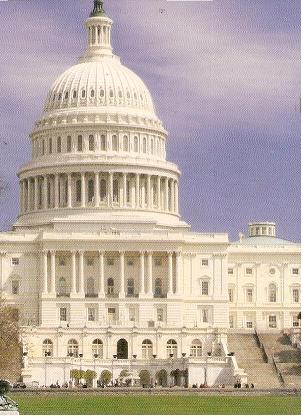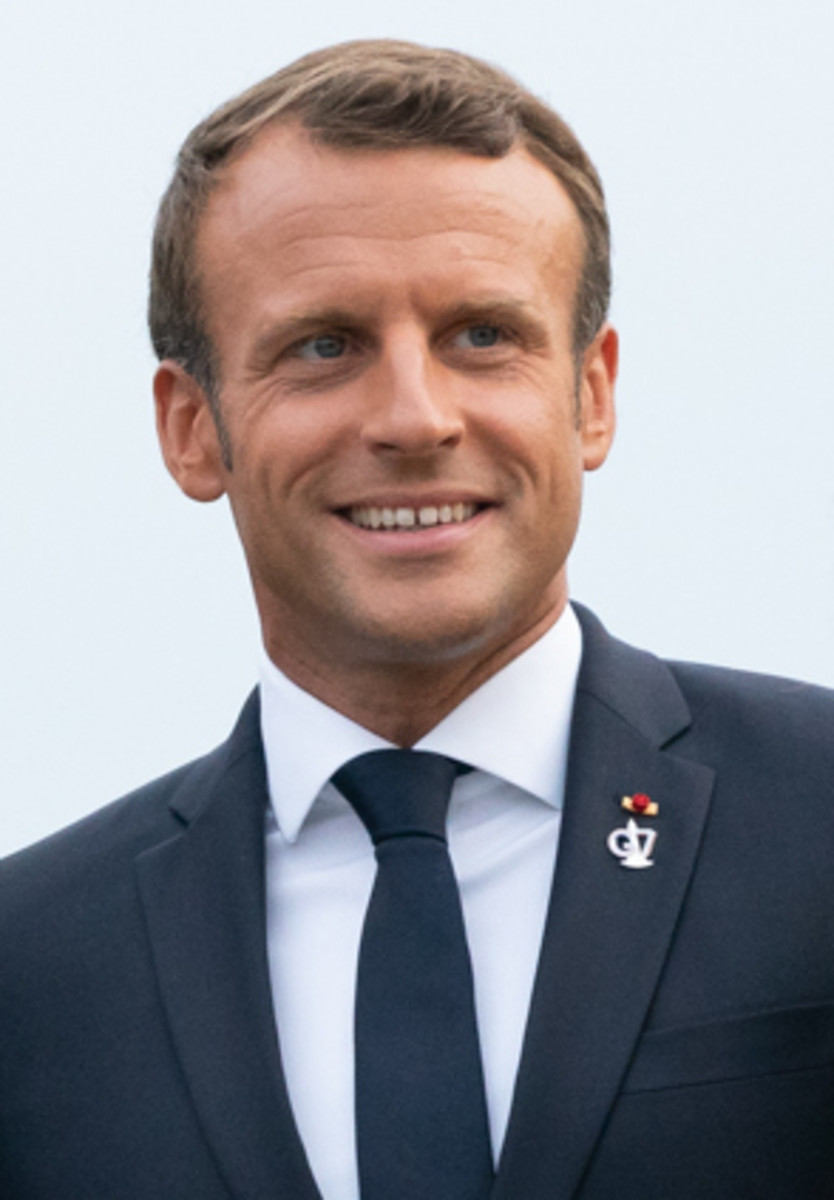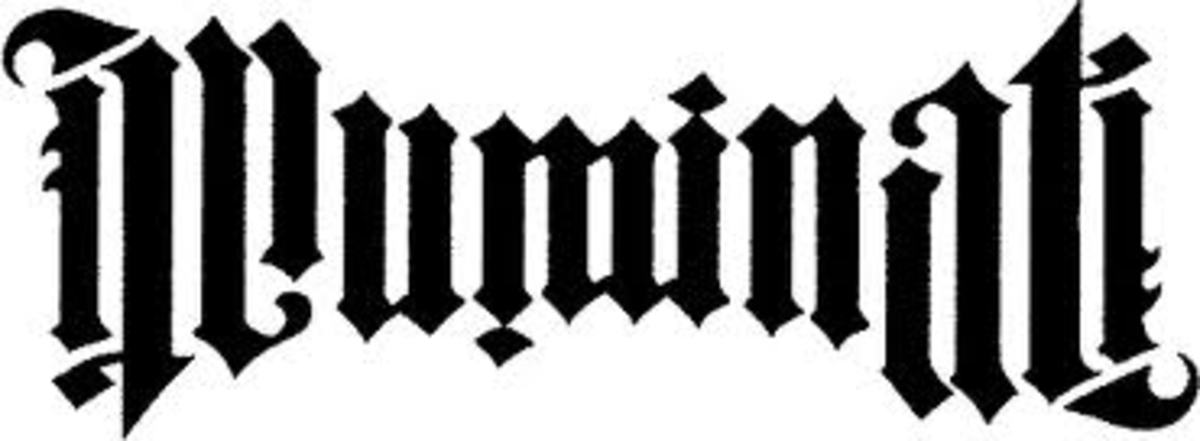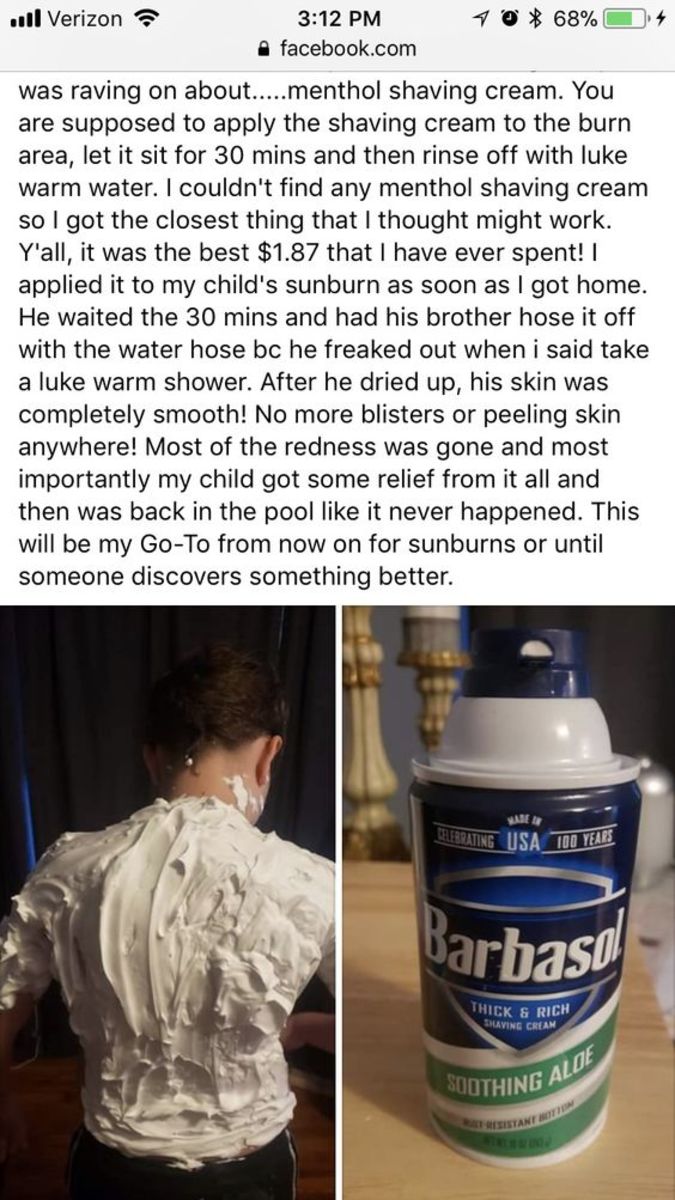How Many Hours in a Day Does a President Work?
The White House, residence and office of the US President

The President Works 24 Hours A Day
A president works 24 hours a day. A vacation for a president does not mean no work. It is only changing an atmosphere of work or giving a new environment for an official visitor like going to Camp David.
Even during travel, a president is always switched on. In Air Force One, the president is always in touch with all parts of the world, that is why the black box is always near him. In case of emergency he can respond right away.
Even during time of sleep, the president is ready to work. That is why he lives in the Malacanang palace in the case of the Philippines, or White House in the case of the United States of America.
The president works by focusing. or compartmentalization or schedule. President Kennedy focused on a subject or person but when another pressing item or person came he shifted focus that was why sometimes he looked as if he were an abrupt person.
At breakfast, a president is working. Some members of his cabinet or important personages, some members of his party, are invited for breakfast. President Franklin D. Roosevelt used to decide the value of gold for the day in his breakfast table. That is, when the gold standard was still in use.
Most of the time a president works by delegation, that is, he does his work through other people. In fact, a member of a cabinet, like a Secretary of State, is an alter ego of the president. That is why a member of the cabinet who is called by Congress to testify in a Congressional hearing must get the approval of the President.
An ambassador is the President in another country. An ambassador must clear with the president, that is, the Secretary of Foreign Affairs, in the case of the Philippines, as to country position in case of a dispute over a territory.
The same way, the ambassador of China when asked about territory will decline to comment if her country had not made a policy over a dispute on the Spratly Islands, a disputed area in the South China sea or western Philippine sea, or eastern sea in the point of view of Vietnam.
The President can sign a document even when he is not physically present. That is why there is the so-called electronic sign pen. A trusted person is in charge of this pen so that its use is also cleared with the President or the Executive Office. It cannot be used arbitrarily.
A game of golf is a ploy to deceive the enemy. President Obama played golf while Leon Panetta was coordinating the abduction and killing of Bin Laden in Pakistan. Panetta could not "invade" a country without the knowledge and approval of the President. The purported hedging of President Obama about the assault on Bin Laden was a power game. If Panetta failed, the President could say that he did not know what was afoot and Panetta could be turned as scapegoat. If Panetta succeeded, as he did, the President could claim credit.
A President can also conduct a secret negotiation through another person. This is necessary when a President doubts the motives of his official family or when he wants to convey a personal message to a leader of state like Khrushchev, an adversary in the Cold War. Other persons may not appreciate the subtleties of leadership and may push the button of nuclear war inadvertently. A secret negotiation averted a possible nuclear war in the 1960s when Russia installed nuclear warheads in Cuba pointed to the United States. President Kennedy gave Russia an ultimatum to dismantle the nuclear installations which Russia did. However, Americans witnessed round-the-clock flying of warplanes over their heads and participated in war drills.
Khrushchev agreed to remove the nuclear weapons in Cuba provided the US withdrew its missiles in Turkey. Kennedy did not want the public to know that he was giving in on the Turkey demand of Khrushchev.
"Kennedy planned to privately assure Khrushchev that he intended to remove the missiles in Turkey. Robert Kennedy (the President's brother) paid a secret visit to Soviet Ambassador Anatoly Dobrynin at the Soviet Embassy in Washington, D.C., to convey the president's pledge and its terms" (Ernest May and Phiipp Zelikow. Eavesdropping on History: Kennedy and the Cuban Missile Crisis. Encarta Yearbook. February 1998, parenthetical supplied).
At the height of his powers in Russia, Khrushchev was ousted as Premier two weeks after an internationalist from the United States visited Russia.
Another reason for secret negotiations is that only a few persons know the true relationships between leaders of some nations. The leaders of the military in the lower echelon of the United States and Russia were not privy to the so-called rivalry between the two countries. There might have been no rivalry in the first place as Russia was always behind in technology and nuclear warheads as had been shown after the Cold War. The transcripts of the secret meetings between Kissinger and Brezhnev talks on SALT show that the united States always had the upper hand in the number of nuclear warheads. To take a tidbit of it:
"Kissinger: Mr. General Secretary, the entire policy of the administration is based on the presupposition that neither side can achieve military superiority over the other and should not attempt to achieve military superiority over the other...Since we speak here as friends, I can tell you certain circles in the United States have taken advantage of certain domestic developments to say things that would be difficult to permit otherwise....
"Brezhnev: I don't quite agree on that, and here is why: By the time the SALT agreement was signed, the United States already had its multiple reentry vehicles and we were behind the United States in that field. But nonetheless we did agree to sign the agreement on that score, proceeding from the most human goal, which is embodied in the preamble of that [agreement]. And we undertook not to introduce any new missile systems and we accepted certain conditions for those, and those are being seriously observed" (Secret/NODIS Memorandum of conversation. Leonid I. Brezhnev with Andrei A. Gromyko and others. Henry Kissinger and others. March 25,1974. Brezhnev's Office, Council of Ministers Building The Kremlin).
[How do we explain the fact that Russia launched the first unmanned spacecraft ahead of the United States? At that time, the United States Congress was dominated by partisans at odds with the President of the United States. How to cajole Congress? Through a crisis in technology, or rather lack of budget for space exploration. President Kennedy issued a challenge to Congress on May 25,1961 to land a man on the moon and return him to earth "before this decade is out." Whereupon, the space program budget became bloated that benefited erstwhile defense contractors like the Hughes Aircraft, computer makers and automakers.Several contractors converged on the Apollo program that ferried the first man to land on the moon.]
Ex-president Richard Nixon of the Untied States conducted a secret negotiation with Chairman Mao Tse-Tung of China through Premier Chou Enlai. He secretly sent Henry Kissinger, presidential assistant on national defense, as personal envoy. Kissinger secretly boarded an airplane from an airport in Thailand that secretly flew to China.
The President works by means of policies spelled out in executive orders or bills promulgated by Congress.he had signed into law. His policy of reconciliation and reconstruction worked for President Lincoln even after his assassination.
The President also works through mere gesture. President Fidel V. Ramos of the Philippines used to wear long sleeves with the sleeves rolled up to near the elbow. That showed he meant work; he was urging people to work hard that is why his motto, "We can do it." When a news item appeared in a news daily about pollution by poultry he scribbled over the news item, with a pentel pen, his instructions for a the concerned cabinet member. He gave that to his assistant who delivered it to the cabinet member. That meant, he wanted action not paperwork.
His profession also does work for the president. President Ramos was a graduate of West Point, the U.S. military academy, major in engineering. As president, already a retired general of the army, he solved the chronic brown outs of the Philippines with additional power plants and power barges anchored in seashores. This power problem dogged his predecessor, President Corazon C. Aquino, without any prospect of a solution throughout her presidency.
A president works through the multiplication of his powers.









